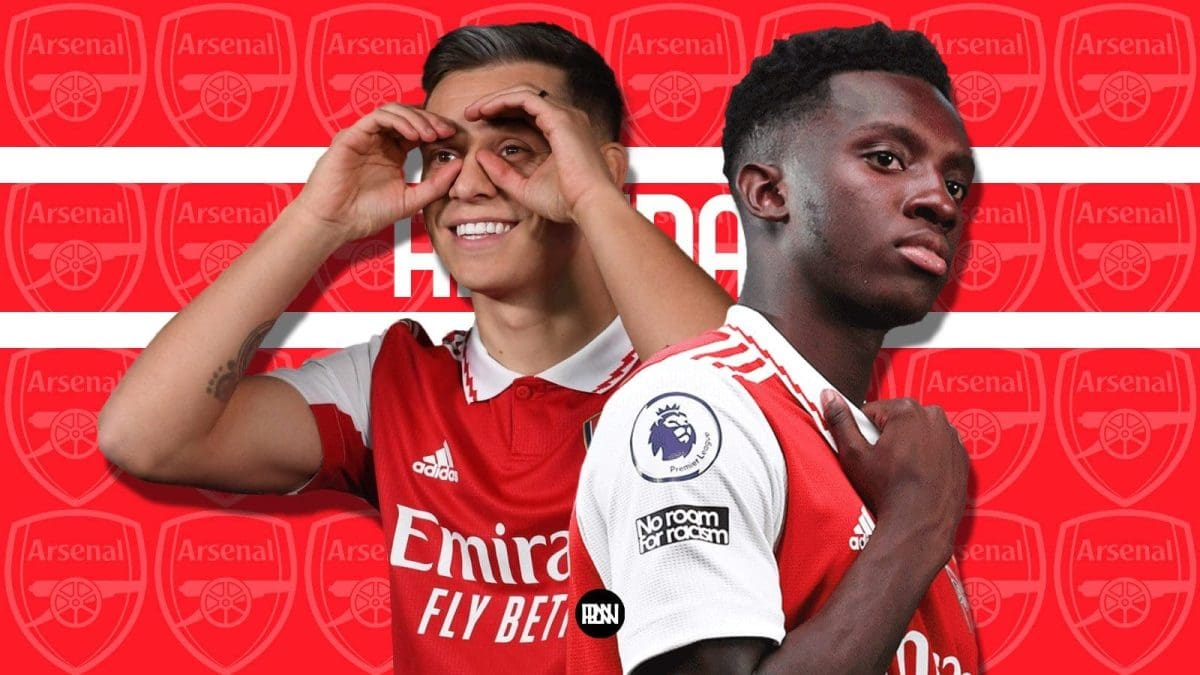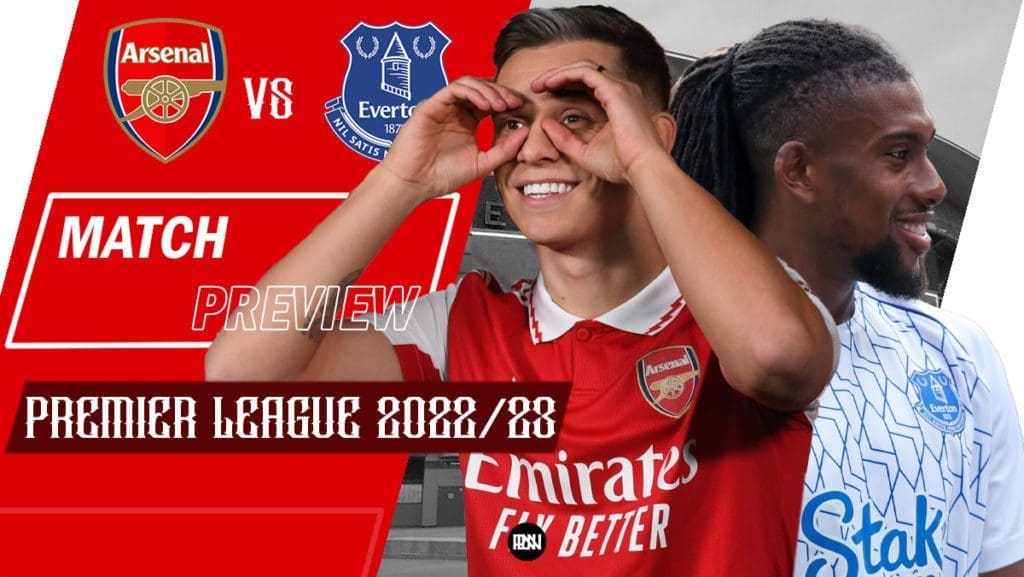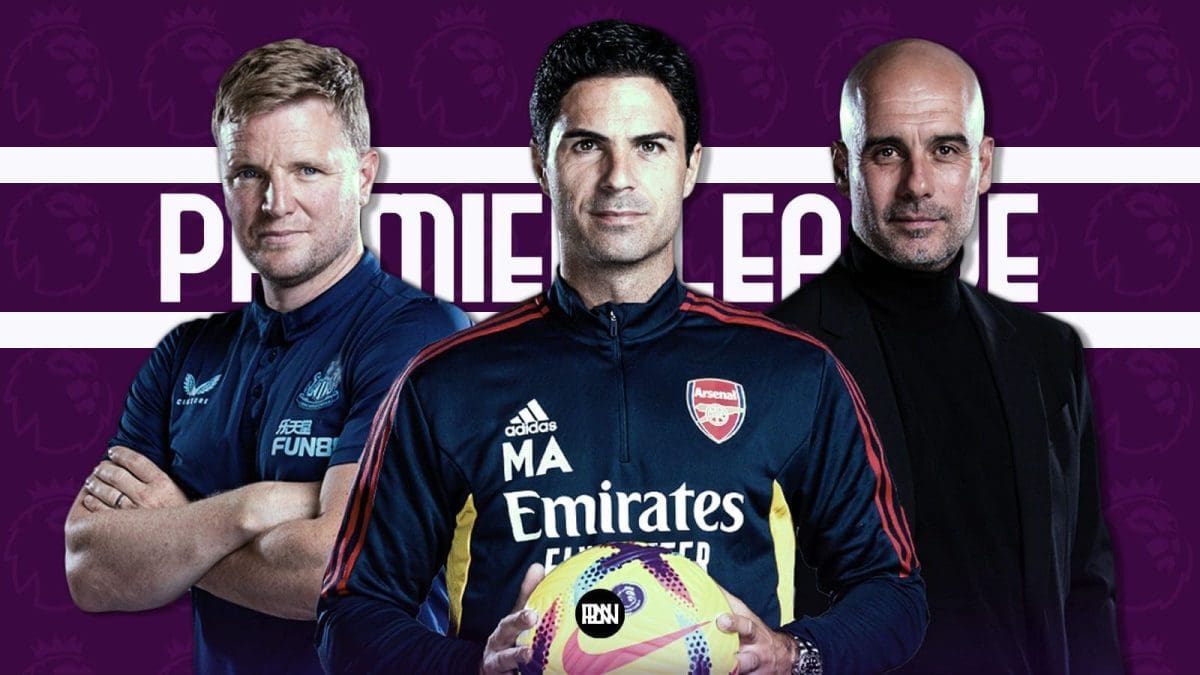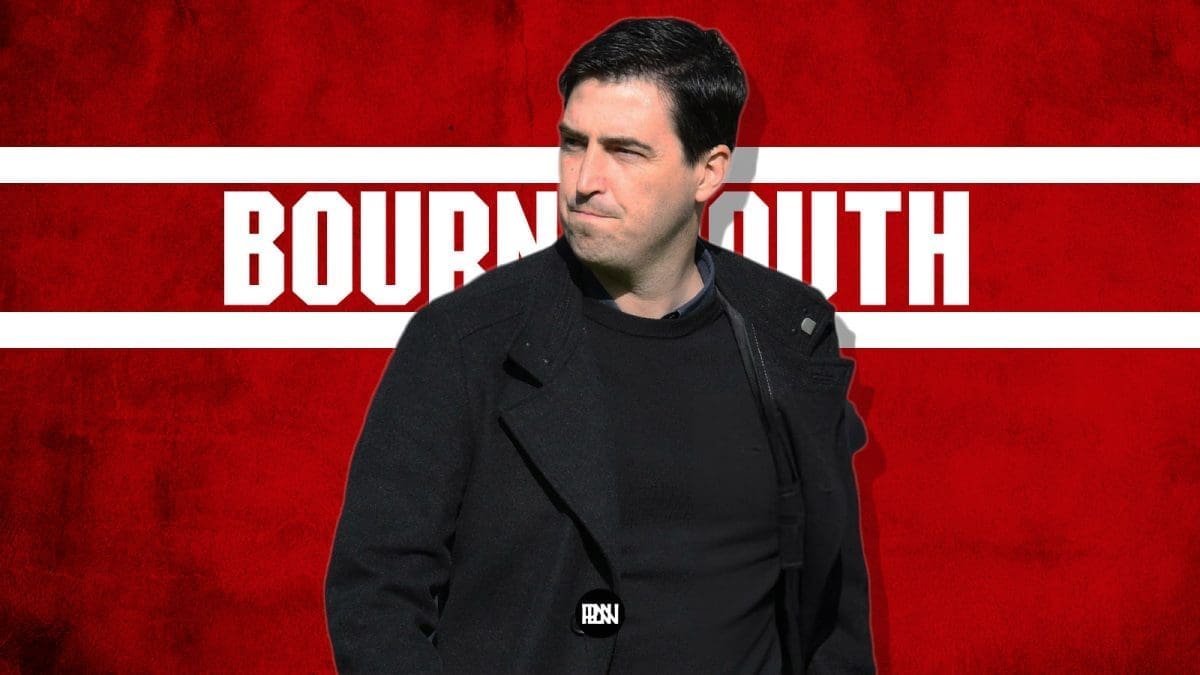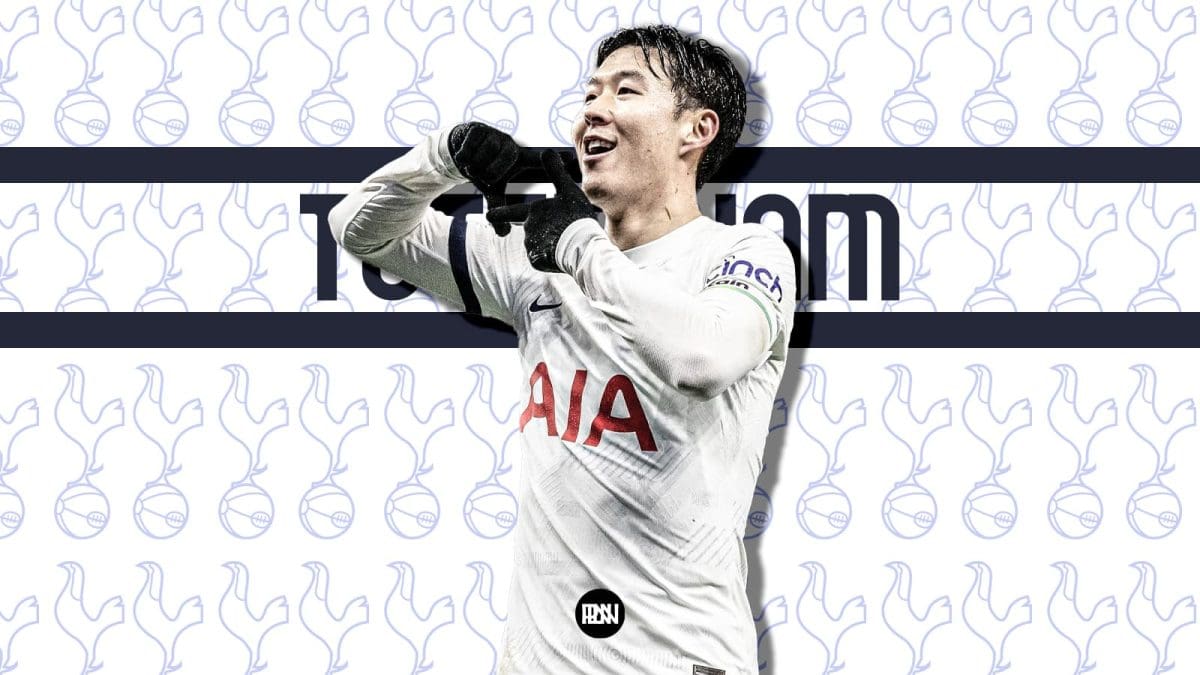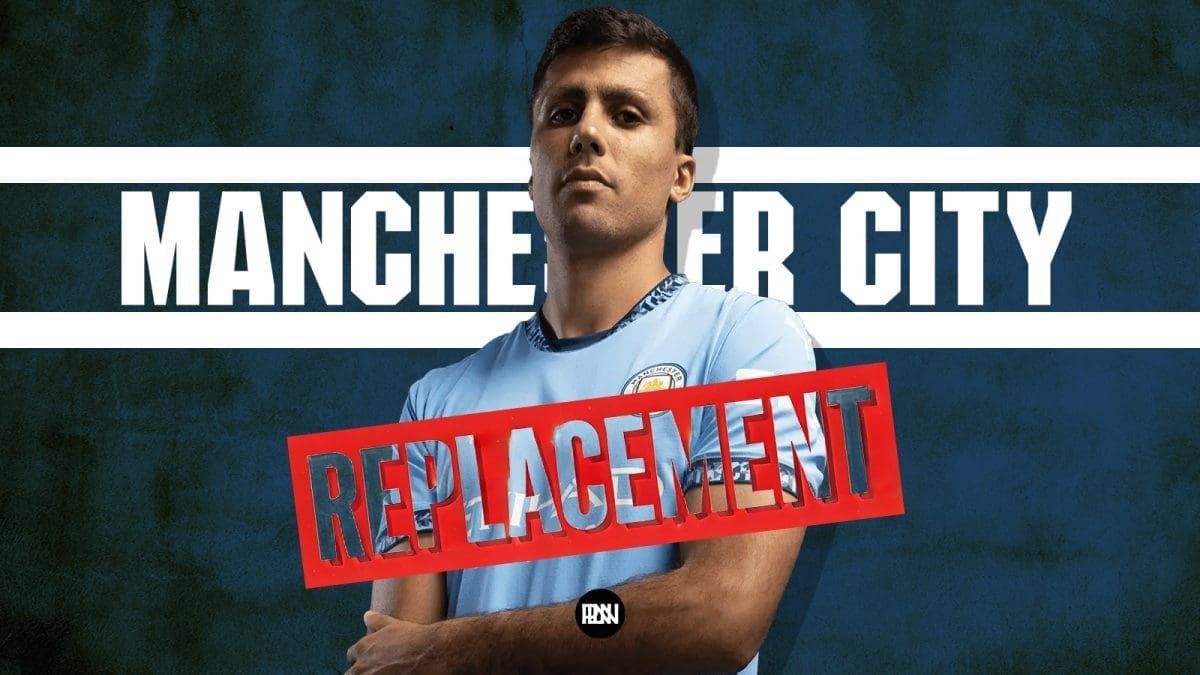Arsenal started in their usual “formation” versus Leicester City with one key component in attack changed.
In the place of an outlet in Nketiah, Arteta opted for Trossard in hopes that his smart lay-offs, position switches and in general quick feet would get Martinelli, Xhaka and co. more space and fluidity in attacks.
It turned out to be a good decision as Arsenal had control in all thirds off the pitch. While the danger in front of goal wasn’t as big as Arteta would’ve wanted, Arsenal remained composed and never lost control of the game, limiting Leicester to a measly 0.01xG while creating 0.66xG for themselves.
THE DIFFERENCE
Nketiah and Trossard are vastly different and both obviously cannot play the false nine role in the same manner. Both bring different attributes to the table and they contribute to the team in different ways. One will suit one game more while the other will suit the game better against different opposition. If you were to combine Trossard and Nketiah, you’d get something of a Jesus type player.
Nketiah is a natural striker and as such, he likes his centrality. Tussling and hassling with defenders is Nketiah’s go to game. He enjoys being an outlet and he’s shown numerous times how brilliant he can be with his overall game on top of producing consistently high xG numbers. He can camp in the six-yard box and sniff out chances at high rate. His finishing needs work but you can’t take away the chances he gets into. Just a top centre forward with a nose for getting into deadly situations.
However, Arsenal’s dynamics changed when he came in the place of Jesus and while Arsenal’s right-hand side of Odegaard-Saka suffered no major losses, Arsenal’s left-sided fluidity took a hit. Jesus was a big part of the left-hand side dynamics, naturally drawing out, interchanging and combining in the trio of him, Xhaka and Martinelli. Both have their fair share of issues when isolated and combos don’t seem to work as well without someone like Gabriel Jesus in there.
This is why someone like Trossard could work well in the short term as we’ve seen last time out. I’m still not of the opinion that he should outright start over Nketiah but I’d be willing to give it another go in the next game versus Everton and go from there.
Trossard’s ability in small spaces, eye for a pass and creative nature mean more space for Martinelli and Xhaka. He creates confusion and you don’t know what you’ll have to defend against. He can switch with Martineli, make runs off others, play others in… Nketiah doesn’t have this technically refined side to him like Trossard while Trossard can’t touch Nketiah in terms of winning duels and overall physicality.
The left-hand side suits Trossard naturally and he gravitates towards it effortlessly. Below you can see Nketiah’s touch map versus Villa Away (1st photo) and Trossard’s versus Leicester away (two most recent away Arsenal games). The difference is noticeable and is a big reason why our left side looked better in the Leicester game.
We’re yet to see (small sample size) if this makes sense for the xG numbers we’ll produce but looking at it strictly from the ORIGINAL setup look, the idea has legs to stand on.
Consider the fact that teams now commonly double up on our wingers as that’s the main source of our danger creation and this makes sense to try out.
SUMMING IT UP
One for one game state, other one for the other. Low blocks are something of a regular occurrence against Arsenal these days and having both sides of the pitch capable of drawing out players and combining with each other in order to make space is a must.
Nketiah does it centrally more so than anything, while Trossard fits into that left-hand side triangle better. You’ll likely to lose some xG points from your striker when playing Trossard there but you’ll gain a healthier left-hand side.
It will divide opinions for sure but there’s benefit in both as we’re talking about high-quality players here. One thing’s for sure, though. Arsenal will need both at their best until the end of the season with games coming thick and fast.


